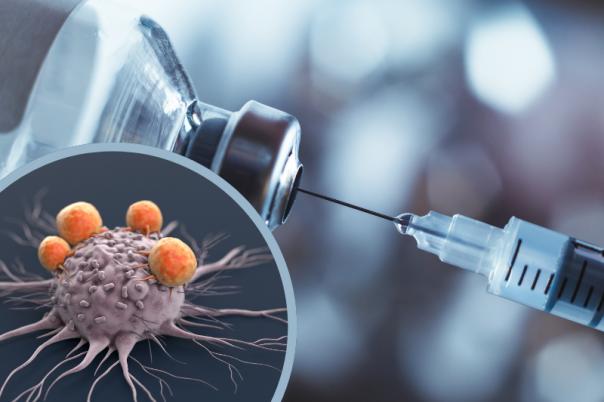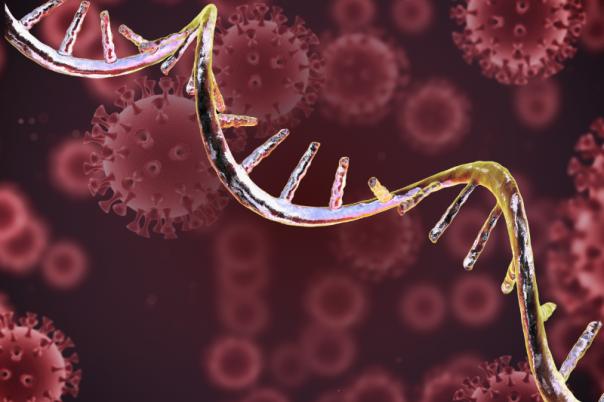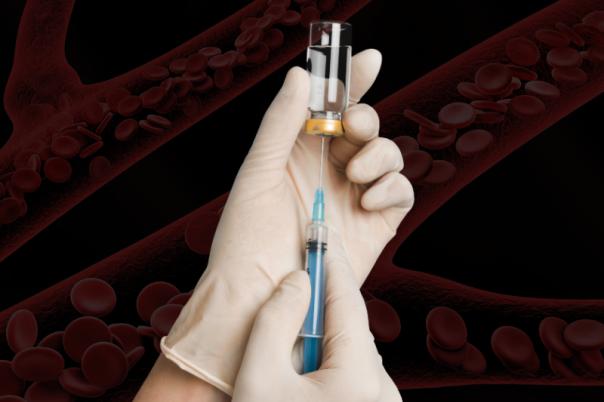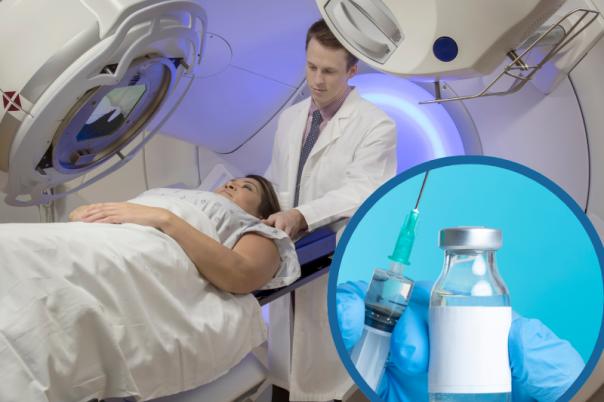Brian Schanen, Global Head of Biomarkers at Sanofi specialises in reactogenicity of mRNA vaccines for a range of respiratory infections. His work mainly centres on Respiratory syncytial virus (RSV) and Influenza.
Sanofi has a long and impressive history of focusing its efforts on developing mRNA vaccines.
However, mRNA technology comes with its unique set of challenges presents several challenges. Schanen noted: “There's a potency challenge, there's tolerability challenge, thermostability challenge, as well as looking at new targets, going beyond respiratory and into other spaces.”
Various mRNA technologies can help improve key attributes including reactogenicity. To explore reactogenicity, it’s important to examine innate immunity and model this successfully in vitro.
Schanen pointed out Sanofi’s Modular Immune In vitro Construct (MIMIC) platform which is used for in vitro modelling. Schanen stated: “The system is fully autologous, no exogenous cytokines or differentiation through these exogenous means is required.”
In a preclinical setting, the platform was used to predict adverse events (e.g. fever) assess the cytokine profiles of vaccine candidates, investigate immune signalling pathways, and identify reactogenicity drivers.
A variety of human PBMCs and human donors were selected to represent the population, this allowed Schanen and his team to capture the diversity, the preimmunity, and different age groups in this model.
To examine clinical reactogenicity they determined whether a systemic or a local reaction was induced. Furthermore, at an individual level, MIMIC subjects produced cytokine responses that could be correlated through machine learning to predict reactogenicity.
The platform was adapted to mRNA by taking samples pre-vaccination from a clinical trial and cytokine, antibody, and immune cell populations were monitored by flow cytometry. These were compared with MIMIC cytokine responses from an in vitro vaccination and to cytokine profiles post-vaccination.
Pairing in silico models with MIMIC enabled the researchers to assess candidate vaccines’ likelihood of reactogenicity. This tool can also be applied to measure the reactogenicity of lipid nanoparticles (LNPs). By analysing formulations and their impact on immune signalling pathways such as interferon gamma signalling, researchers aim to refine vaccine formulations and improve immune responses.
Looking to the future, Sanofi aims to refine its mRNA platform and other vaccine technologies by integrating advanced AI and data science approaches. Expanding beyond respiratory vaccines, the focus remains on improving performance, immunogenicity, and targeting diverse pathogens.





